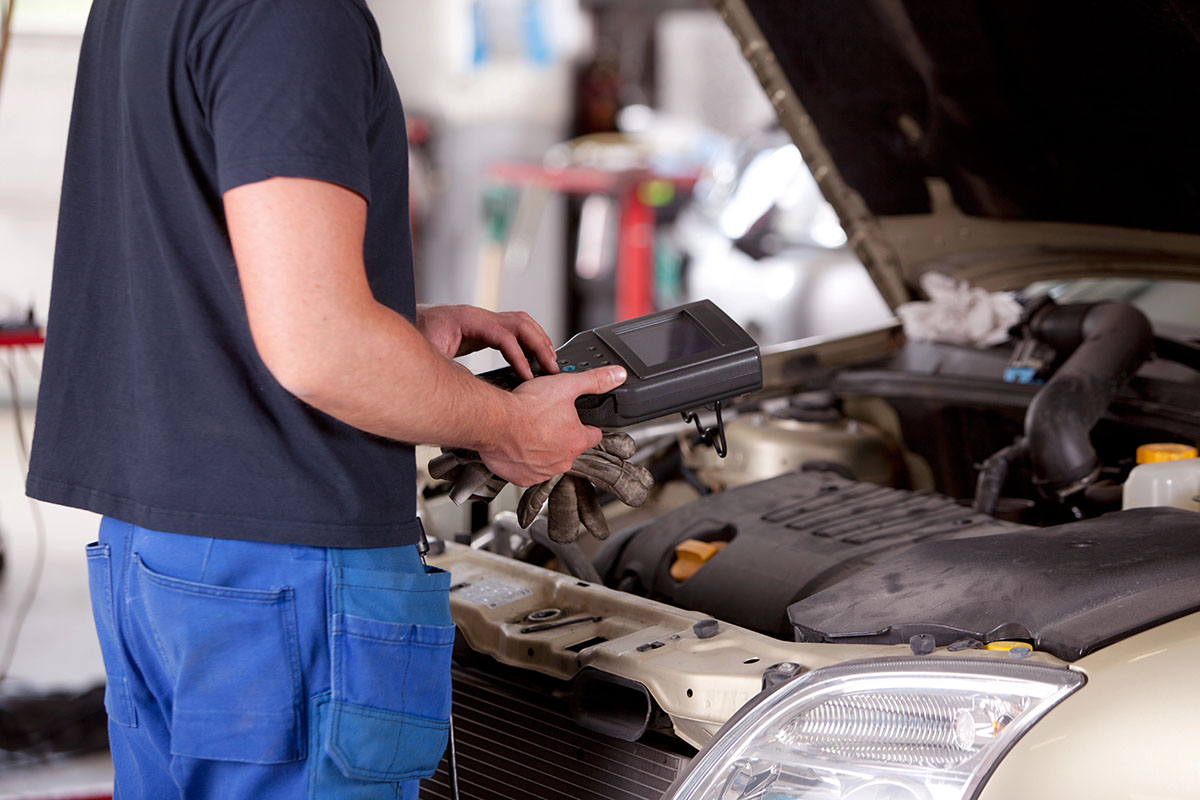A good defensive driver is always on the lookout for road hazards. One regularly occurring hazard is a road that is slippery when wet. A car hitting such a surface at even a moderate speed may find itself hydroplaning.
Hydroplaning occurs when a vehicle begins riding atop a wet surface. The vehicle tires no longer grip the road and the car seemingly, “slips”. It is very dangerous because the driver loses nearly all control of their vehicle. You cannot break because that just makes it worse. In such situations the only thing you can do is ride it out until the tires regain traction or hope that your car hits something soft.
Luckily, hydroplaning is something you can plan for. It is also something you can somewhat control. As long as you follow a simple series of rules you can either avoid the danger altogether or regain control enough to terminate the skid.
Reduce Speed
The best way to avoid hydroplaning is to slow down. This is why whenever it starts raining traffic slows on the interstate. Even a road that is slightly damp can cause you to skid if your moving too fast. According to the experts this speed is about 35 mph. So if you see a rain drop splash on your windshield make sure you are traveling under 35.
Avoid Puddles
As the cause of hydroplaning is too much water accumulating underneath your tires avoiding water altogether is a smart move. This is a great time to apply those defensive driving techniques. Look ahead, plan your route, and make sure you avoid any gathering of water you see.
How to Hydroplane Successfully
The moment you begin to hydroplane stop accelerating. The idea is to ride the skid out. So you want to refrain from any activity that will cause you to lose complete control. Stop accelerating and begin calmly turning the steering wheel in the right direction. Do not jerk the wheel but gently point it where you want to go.
Do Not Brake
Braking is not recommended until your car leaves the skid. Braking can cause your car to spin and if anything is worse than sliding it is spinning uncontrollably. When you stop accelerating it is the hydroplane equivalent of braking. If you need to apply the brake do it slowly. Mostly, you just want to gently push the wheel in the right direction and ride the skid until it stops.
Additional Steps
Buying good quality tires is a great way to prevent hydroplaning. Tires with good traction are less likely to skid. There are even tires specifically designed to handle hydroplaning. Also, it is a good idea to carry the number of a reliable tow service.
No one likes to plan for disaster but if the worst happens a good tow service is a life saver. Many times hydroplaning ends in a fender-bender, a close association with a tree, or your parking your vehicle in a ravine. A vetted tow service will take car of both you and your vehicle. Many even perform roadside assistance in addition to general towing.


